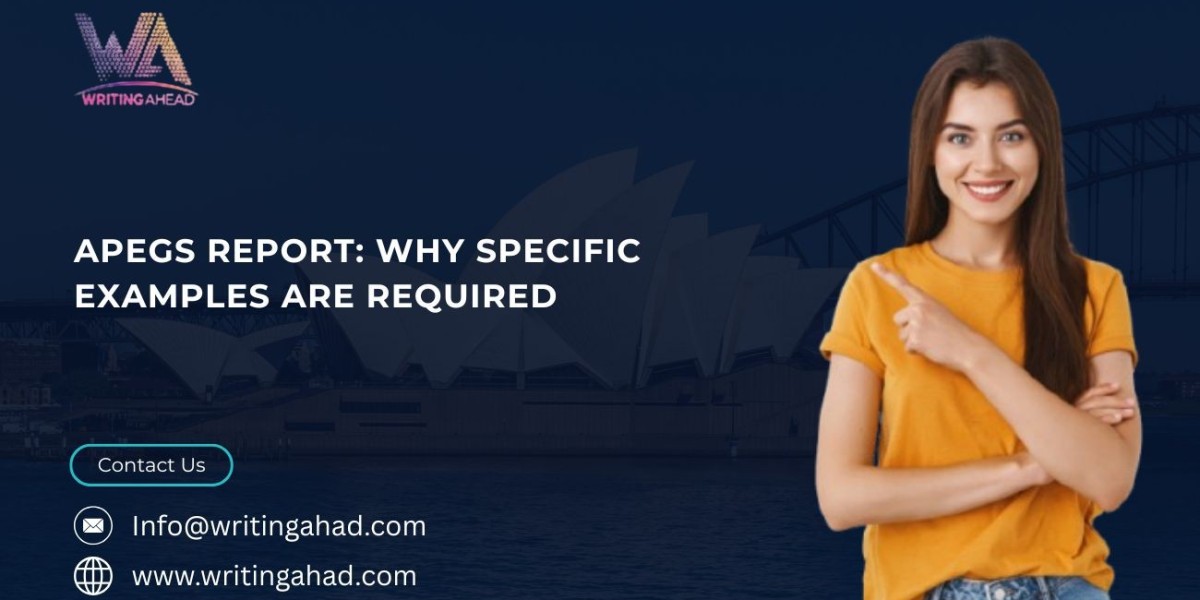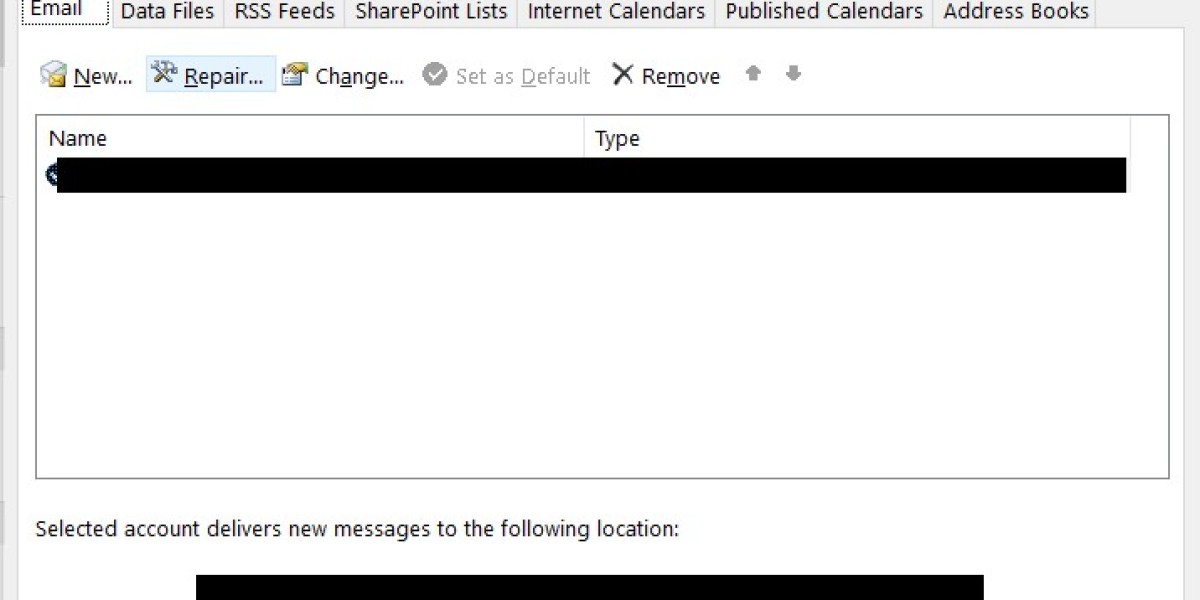The APEGS Report plays a fundamental role in demonstrating professional engineering or geoscience competency for applicants undergoing the apegs competency assessment. A well-prepared report is not just about listing skills and responsibilities; it is about illustrating those competencies with real-world, detailed examples. Reviewers seek clear, practical evidence of how applicants have applied their knowledge and judgment in professional settings. Without specific examples, even the most accomplished professional can appear vague, making it difficult for assessors to verify the competency claims.
This article explores why specific examples are essential in the APEGS Report, how they influence the apegs competency assessment process, and how applicants can effectively provide them.
The Purpose of Specific Examples in the APEGS Report
Demonstrating Applied Knowledge
The APEGS Report is not just a document of qualifications; it is proof that knowledge is effectively applied. General statements about responsibilities fail to highlight the problem-solving process. When applicants provide specific examples, they showcase how their technical expertise is used in real projects, giving credibility to their claims.
Establishing Professional Accountability
Professional engineering and geoscience require accountability for decisions. Through detailed examples, applicants demonstrate their ownership of outcomes, whether those outcomes involve success, challenges, or lessons learned. Specificity highlights the applicant’s role in decision-making rather than leaving reviewers uncertain about their contribution.
Verifying Competency Standards
The apegs competency assessment aligns with structured indicators across multiple categories. Each indicator demands clear evidence of skills, judgment, and ethical practice. Specific examples connect these indicators to actual professional activities, making it easier for reviewers to validate whether competency standards have been met.
The Role of Examples in Strengthening the Assessment
Providing Context to Claims
An applicant stating, “I managed a project successfully,” does not provide much value. However, describing how they coordinated a team of five engineers, navigated budget constraints, resolved a technical challenge, and achieved timely project delivery presents a complete picture. This context transforms abstract claims into verifiable evidence.
Highlighting Problem-Solving Abilities
Engineering and geoscience work often involve addressing complex issues. By including specific cases—such as resolving structural deficiencies, analyzing geological risks, or implementing safety measures—applicants show their ability to think critically. Reviewers can better understand the problem-solving strategies that define professional competency.
Reflecting Leadership and Collaboration
The APEGS Report also evaluates teamwork, leadership, and communication. Examples of mentoring junior staff, collaborating across disciplines, or leading safety audits demonstrate interpersonal competencies. Without such examples, these soft skills remain invisible, leaving gaps in the applicant’s profile.
Why General Statements Fail in the APEGS Report
Lack of Measurable Impact
General claims such as “I improved efficiency” do not indicate scale or impact. Reviewers cannot assess the importance of the applicant’s contribution without measurable details like percentage improvements, cost savings, or safety enhancements.
Unclear Role Definition
In group projects, applicants must clearly distinguish their role from others. A vague statement risks suggesting they were only observers rather than active contributors. Specific examples clarify personal responsibility and ensure the applicant’s unique skills are visible.
Missed Opportunities to Showcase Competency
Every competency indicator requires evidence. If applicants provide generic descriptions, they miss the opportunity to display their qualifications fully. This oversight may result in reviewers requesting revisions, delaying the apegs competency assessment process.
How to Provide Effective Examples in the APEGS Report
Use the STAR Approach
Applicants are encouraged to use the STAR framework:
Situation: Describe the project or challenge context.
Task: Explain the objective or responsibility.
Action: Highlight the steps taken.
Result: Share the outcome or measurable impact.
This structure ensures clarity and logical flow in examples.
Focus on Personal Contributions
It is essential to highlight individual contributions, not just team achievements. By explaining “what I did” rather than “what we did,” applicants ensure reviewers can fairly evaluate their competencies.
Balance Technical and Non-Technical Skills
Technical expertise is crucial, but so are communication, leadership, and ethical practices. Examples should reflect both, showing the applicant’s versatility in professional settings.
Common Mistakes Applicants Make
Overloading with Technical Jargon
While technical depth is important, too much jargon makes examples difficult for reviewers to interpret. The APEGS Report should balance detail with clarity, ensuring explanations are understandable without oversimplifying.
Ignoring Ethical Dimensions
The apegs competency assessment also emphasizes ethical responsibility. Applicants sometimes neglect to include examples of ethical decision-making, safety practices, or regulatory compliance, weakening their report.
Repetition of Examples
Using the same example across multiple indicators may suggest limited experience. Reviewers prefer diverse examples that demonstrate a wide range of competencies.
The Impact of Specific Examples on Assessment Outcomes
Increasing Reviewer Confidence
Detailed examples reduce uncertainty and demonstrate authenticity. Reviewers are more confident in recommending successful outcomes when they see specific evidence of professional growth.
Reducing Delays in the Process
Vague reports often result in requests for clarification, prolonging the assessment. Strong examples streamline the process, allowing applicants to progress smoothly.
Building a Strong Professional Identity
Through specific examples, applicants present themselves as reflective practitioners who not only complete tasks but also analyze, learn, and grow. This identity aligns with the expectations of professional licensing bodies.
Strategies for Australian Students Preparing Reports
Tailoring Experiences to Indicators
Australian students aiming for the APEGS Report should carefully align their examples with competency indicators. Every project, internship, or professional task can serve as a potential example if structured correctly.
Reflecting Cultural and Industry Standards
While technical principles may be universal, contextualizing examples to reflect industry practices helps applicants stand out. Australian students can draw from academic projects, fieldwork, or industrial placements to illustrate competencies.
Ensuring Ethical and Safety Considerations
Examples related to workplace safety, environmental protection, or ethical challenges add significant weight to the assessment, demonstrating responsibility beyond technical knowledge.
Conclusion
The APEGS Report is more than a requirement; it is an opportunity for applicants to showcase their professional journey. The apegs competency assessment thrives on specific, well-structured examples that bring competencies to life. General statements may sound impressive but lack the depth necessary to convince reviewers. By using precise examples, applicants demonstrate applied knowledge, accountability, and professional integrity.
Ultimately, specific examples ensure credibility, clarity, and confidence in the evaluation process. For applicants, mastering this aspect of the report is not only a way to succeed in the assessment but also a step toward becoming a reflective and responsible professional.
FAQs
Why are specific examples critical in the APEGS Report?
Specific examples prove that applicants have applied their knowledge in real situations. They show problem-solving, leadership, and decision-making, making it easier for reviewers to validate competencies. Without examples, claims remain vague, leading to delays and doubts in the apegs competency assessment process.
How can I make my examples effective in the APEGS Report?
The STAR method is highly effective. Clearly explain the situation, the task, the actions taken, and the result achieved. This format ensures clarity while highlighting personal responsibility. Reviewers value structured, measurable, and authentic examples over general statements or shared team achievements.
What happens if I provide only general statements in my APEGS Report?
General statements may cause reviewers to request clarifications, leading to assessment delays. They weaken the strength of the report, as assessors cannot measure impact or verify individual contributions. Specific examples, in contrast, provide concrete evidence of competencies required for professional evaluation.
Can I reuse one example across multiple indicators in the APEGS Report?
Reusing one example for multiple indicators is discouraged. It may suggest limited experience and fail to demonstrate a range of competencies. Instead, applicants should diversify their examples to reflect different aspects of their professional skills, strengthening the apegs competency assessment.
What should Australian students focus on when preparing their APEGS Report?
Australian students should focus on aligning their academic, internship, and professional experiences with the competency indicators. They should highlight both technical and ethical responsibilities, ensuring diverse examples that reflect problem-solving, leadership, and teamwork. This approach helps them present a strong case for the apegs competency assessment.








